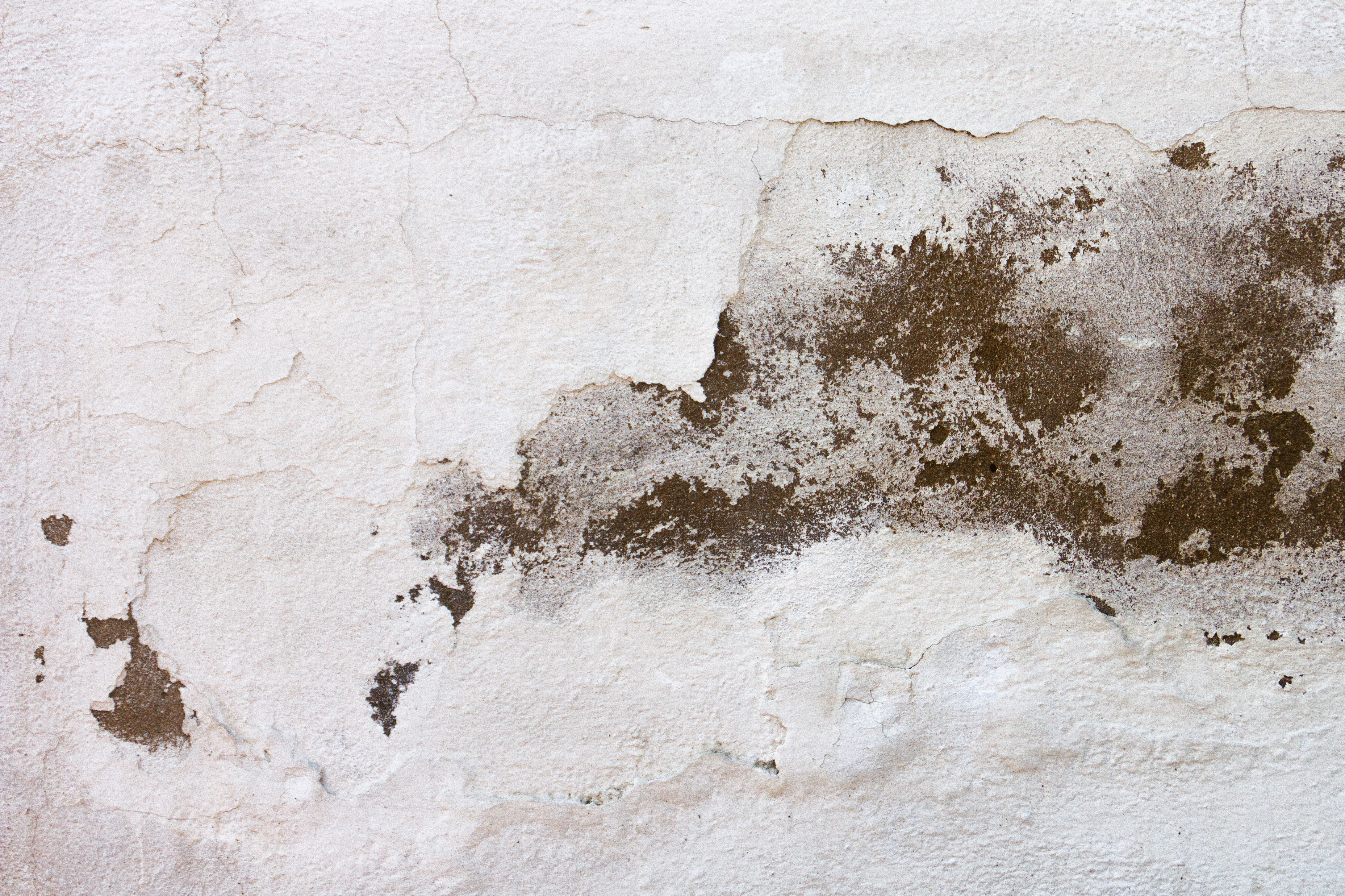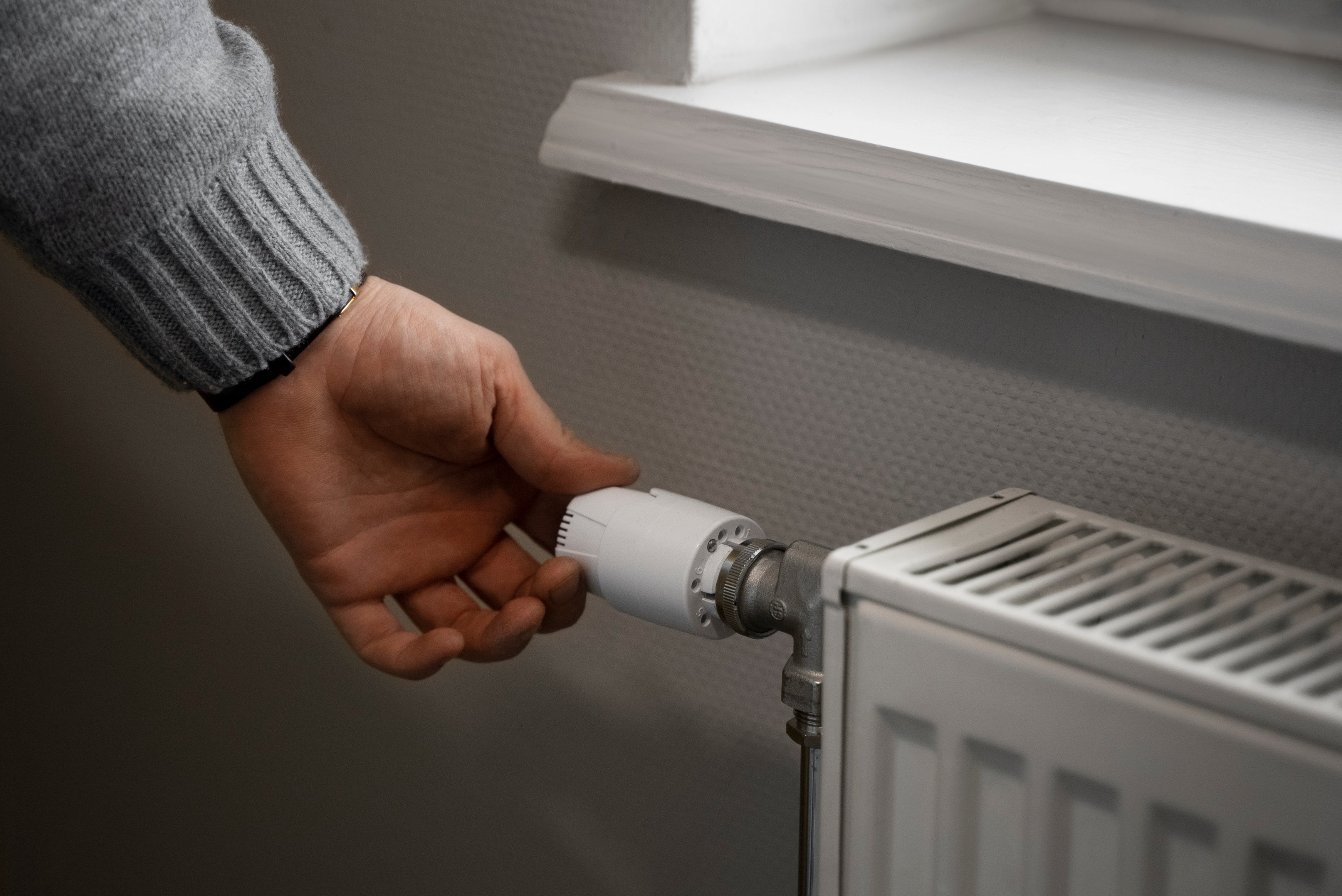
Decarbonising homes involves reducing the carbon emissions produced by our homes, which is a significant contributor to climate change. However, decarbonising homes can also have other significant positive impacts, such as helping to solve damp and mould issues in properties. In our latest LivGreen blog, we will explore the relationship between decarbonisation and damp and mould issues in properties.
Damp and mould issues are prevalent in homes, particularly in older properties, such as the ageing housing stock of the UK. These issues can cause a wide range of health problems, such as respiratory illnesses, and they can also cause damage to the building itself. Damp and mould occur when there is excess moisture in the air, and it condenses on surfaces in the home. This excess moisture can come from a variety of sources, such as cooking, showering, and even breathing. In older homes, the building may be poorly insulated, and this can further exacerbate the issue, as the cold surfaces in the home encourage condensation.
Recent changes in legislation - 2023
On February 9, 2023, the Government proposed revisions to the Social Housing (Regulation) Bill, aiming to introduce 'Awaab's Law.' This legislation would mandate landlords to promptly investigate and address issues of dampness and mould in their properties, adhering to defined timelines.
Later this year, the government plans to initiate a consultation process aimed at defining specific timeframes within which landlords must take action to investigate and rectify hazards. This proactive step will ensure that the updated landlord requirements align with tenants' needs and expectations.
Subsequently, 'Awaab's Law' will be implemented through secondary legislation.
Find out more about the Government plan to introduce new legislation regarding damp and mould in Social Housing here
Recent changes in legislation - 2025
It was announced on 6th February 2025 by the government, that from October 2025, social landlords will be forced to investigate and fix dangerous damp and mould in set time periods, as well as repair all emergency hazards within 24 hours.
Find out more about the government's announcement here
Common Causes & Solutions For Damp And Mould
One of the most significant contributors to excess moisture in the home is heating. In many homes, the heating system produces carbon emissions, which not only contributes to climate change but also contributes to excess moisture in the home. When a traditional heating system burns fuel, it produces water vapour, which can add to the moisture in the air, particularly in poorly insulated homes. There are several ways to decarbonise the heating system in the home. One option is to install a heat pump. Heat pumps work by extracting heat from the air or ground outside the home and using it to heat the home and increase ventilation. Heat pumps do not produce carbon emissions, and they do not produce water vapour, so they do not contribute to excess moisture in the home.
 Image by Freepik
Image by Freepik
Having modern windows fitted can also help to reduce damp and mould in homes. Older windows are often single-glazed, and they can be a significant source of heat loss in the home, leading to cold surfaces and condensation. Upgrading to double or triple-glazed windows can help to reduce heat loss, keeping the home warmer and reducing the likelihood of condensation. Better windows can also improve ventilation in the home, as they often have improved locking mechanisms and can be opened more easily. This increased ventilation can help to reduce moisture levels in the home, which can help to prevent damp and mould issues. Additionally, modern windows are often better sealed, which can prevent drafts and reduce the ingress of damp air from outside. Overall, upgrading to better windows can be an effective way to reduce the risk of damp and mould in the home.
Insulation is also an essential factor in reducing moisture levels in the home. Insulating the home helps to keep the heat inside, which reduces the likelihood of cold surfaces forming condensation. There are several types of insulation available, such as loft insulation, cavity wall insulation, and solid wall insulation. Insulation can be a significant investment, but it can also help to save money on heating bills in the long term, as well as reducing the likelihood of damp and mould issues.
Decarbonising homes is not only good for the planet, but it can also be good for our health and the health of our homes. If you need help with damp or mould or would like to speak to one of our expert consultants, then please contact us below.



.png)
Leave Your Comment Here